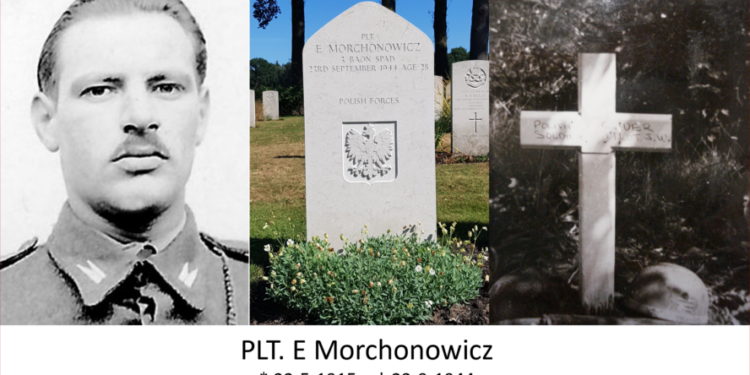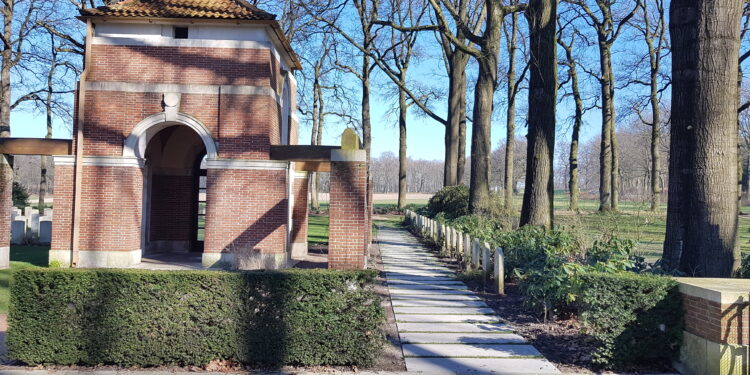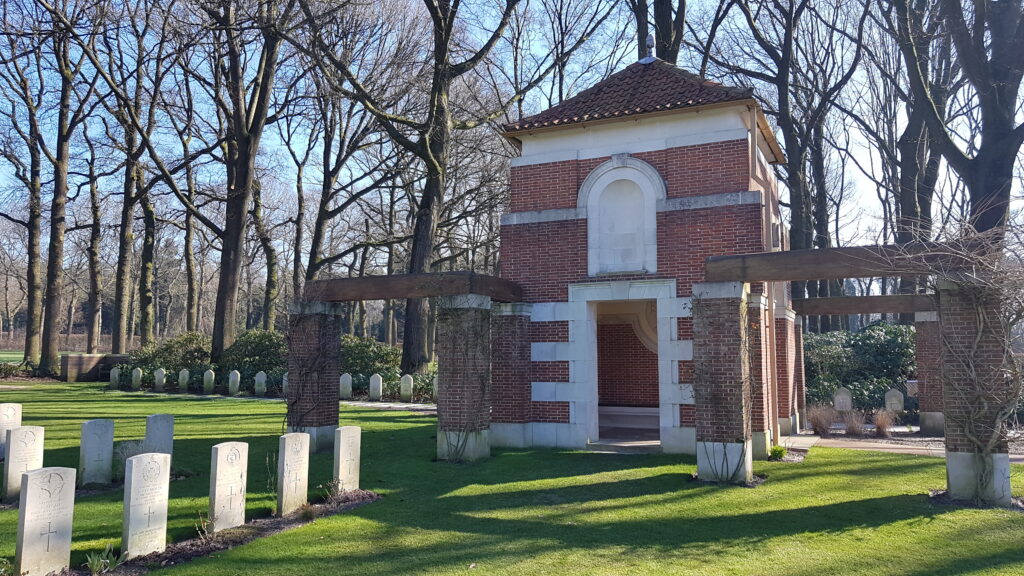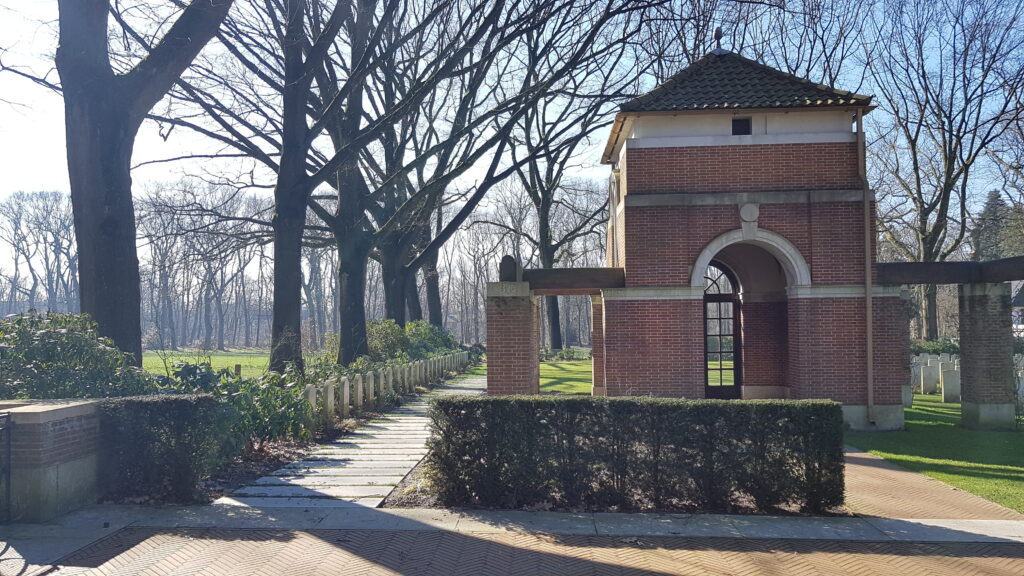This cycling route passes the important sites in and around the villages of Driel and Oosterbeek, where the 1st Polish Independent Parachute Brigade fought during the Second World War.
The route of 40 kilometers passes by the dropzones and the headquarters of Major General Stanisław Sosabowski. This route is part of the national route along the most important locations in the Netherlands liberated by Polish forces. The starting and ending point of this route is the information center “The Poles of Driel.“
Why this route?
The Foundation Driel – Polen is committed to keeping alive the memory of the Polish liberators who fought in Operation Market Garden in 1944. The highlight is the annual commemoration in September. We noticed there is interest throughout the year. That is why in 2014, the information center was established, now serving as the start and endpoint of this route.
With this cycling route, in collaboration with Liberation Route Europe (LRE) and other partners (including Polen in Beeld), we aim to bring the stories to life at the locations where they took place. We previously did the same with our walking route.
What can you see along this route?
The route takes you through the beautiful Over-Betuwe region, which was the battleground for the land army and a significant part of the parachute brigade. The route also leads you over the Veluwezoom and through the battlegrounds around Oosterbeek, where the Polish forces fought in the bitter struggle in and around the perimeter. This is the area where the Allies tried to hold their ground against
advancing German troops after the Arnhem bridge was lost.
Stories
At the various important locations, we share the story of our Polish liberators. Often, these are the stories of soldiers who, sadly, could not tell their tales and are now buried at the cemetery in Oosterbeek, which is, of course, also a stop along the route.
- Headquarters: You will pass by the house where General Sosabowski had his headquarters.
- Landing Zone: September 19th gliders landed with Polish equipment. Corporal Trochim was killed. His grave remained anonymous for a long time.
- Positions: In Driel, gunner Karol Standarski distinguished himself by repelling a German attack. He crossed the Rhine and again distinguished himself in Oosterbeek where he was killed.
How to follow the route?
There are several ways to follow the route.
- Download the Liberation Route Europe app and search for the route to follow it with the app. It also includes stories and images of the important locations.
- View the route on the Liberation Route Europe website using your computer, tablet, or phone browser. You will also find the stories and images there.
- Download a GPX file of the route from the website for use with your own navigation app or smartwatch. Note that this file contains only the route.





